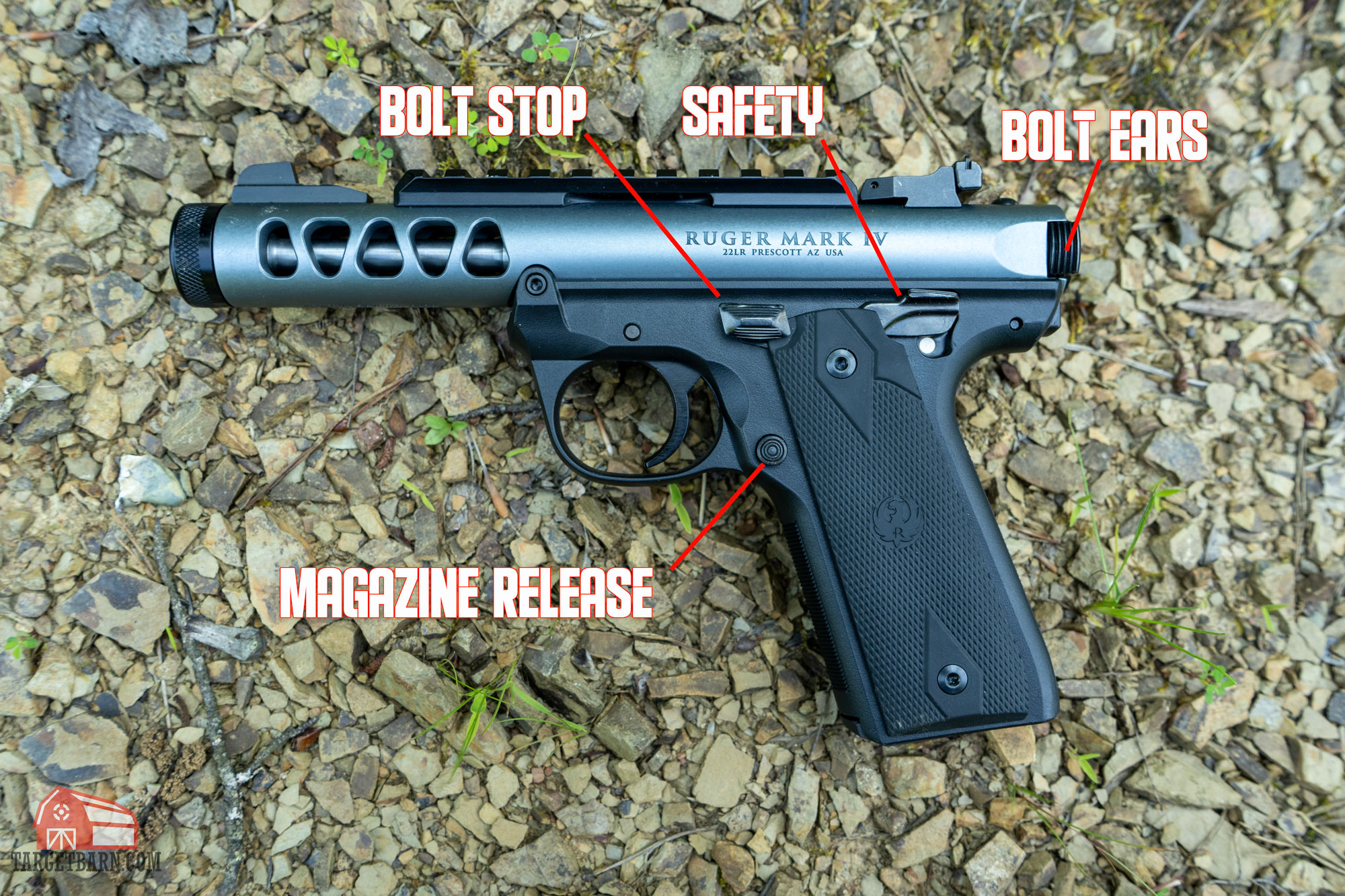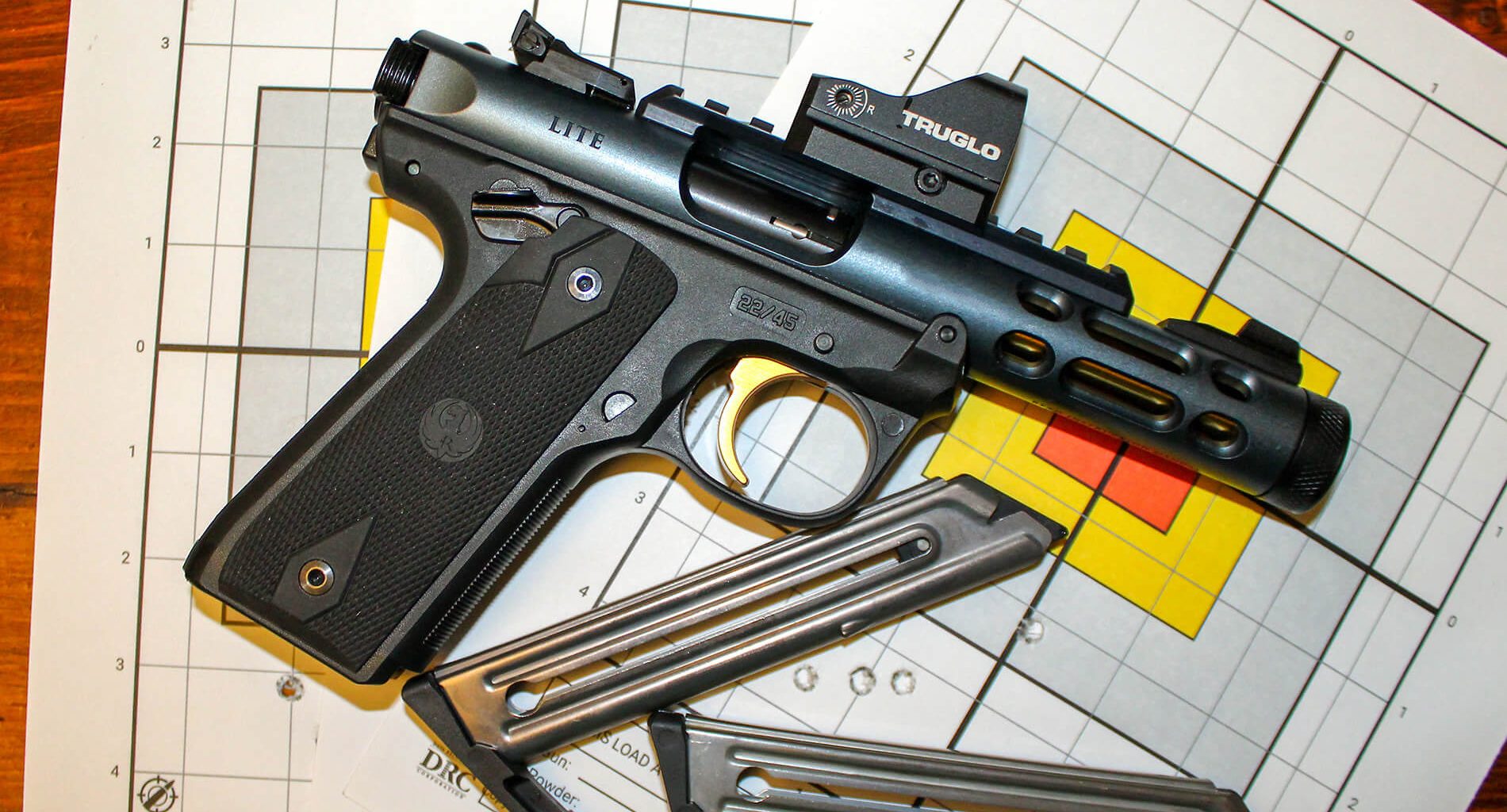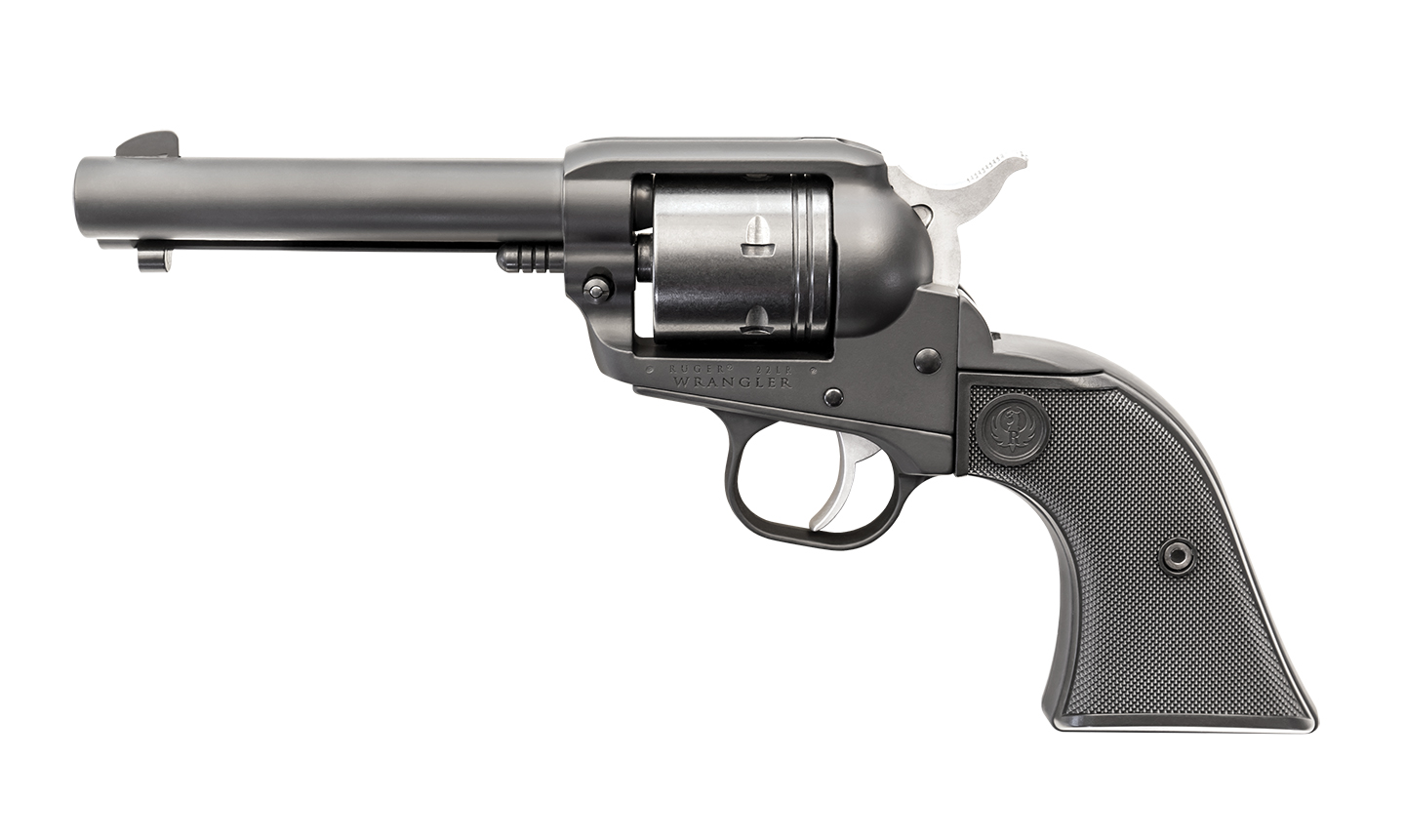Ruger 22 Handgun - The Ruger Standard Model is a rimfire-barreled semi-automatic pistol introduced in 1949 as the first product manufactured by Sturm, Ruger & Co. MK II, MK III and MK IV. It is marketed as an affordable . 22 caliber rimfire intended for casual sports and target shooting, as well as drop shots. Designed by company founder William B. Ruger, the Standard Model and its descendants would become the most widely accepted and successful 22-caliber semi-automatic pistol ever.
Sometime in the years after World War II, firearms designer Bill Roger purchased a pair of Japanese World War II Nambu pistols from a returning US Marine, who successfully duplicated them in his garage.
Ruger 22 Handgun

Ruger produced its first prototype using the Nambu silhouette and bolt system, but lacked the capital to finance its implementation. When his wealthy friend and potential financial backer, Alex Storm, was shown the prototype Ruger created in 1949, he was impressed by its elegant, traditional aesthetic and its slight resemblance to the classic German P08 Luger pistol.
Review Of The Ruger Mark I Pistol .22lr
Realizing that potential buyers shared his value, Sturm quickly signed on with an initial investment of $50,000, and the two teamed up to create the iconic American firearms company, Sturm, Ruger & Co.
Ruger's new product is simply called the "Standard" model. Designed as an affordable recreational and sporting product for outdoor, hunting and firearms enthusiasts, Ruger pioneered many of the simple, innovative manufacturing techniques used in the new revolver, including the use of a piano-wire coil spring in the lock rather than in the revolver. Flat springs, used by most manufacturers at the time, formed receivers from two halves of sheet metal welded together.
These practices worked well for a firearm that only had to deal with the stresses of a .22 firing rim, and the cost savings Sturm and Ruger produced allowed them to undercut a competitor that still used older, more extensive manufacturing techniques.
Financier Sturm, an aficionado of heraldry, made his own contribution in the form of the company's "red eagle" emblem, presented as a medallion on the left grip plate.
I Have This Old Gun: Ruger .22 Pistol
A favorable review in American Rifleman's Magazine by Major Geral Julian S. Hatcher for a major firearms authority, along with restricted advertisements printed in the same magazine, generated widespread public interest.
Checks from potential buyers soon arrived, but because Ruger was a firm believer in the "old school" of fiscal responsibility, none were cashed until the pistols had actually been shipped, setting a standard for an "in the black" operation that would serve the company well. . In the future. Within a few months, all of the seed money had been distributed, but by then, the first 100 Standard revolvers had been built and distributed to the original purchasers.
Introduced in the fall of 1949, the new revolver was a success, and although it faced competition from the outset, it soon dominated much of the rimfire pistol market. Unfortunately, Alex Storm did not live to see the ultimate success of the company, as he died prematurely of viral hepatitis in November 1951.

As a memorial, as well as a sign of respect and mourning, Ruger ordered that the background of Sturm's Kotka logo be changed from red to black on future production models of the popular and successful firearm they produced and marketed together.
Ruger Lcp Ii .22 Lr Pistol
The Standard Model was continuously manufactured in the same form for the next 33 years, but the new company expanded the Standard Model over time into a product family of revolvers by offering several different models. This included offering additional barrel lengths and configurations, creating versions optimized for target shooting, and adding a stainless steel finish option. The line has also been enhanced with three mechanical upgrades to the "MK" series, the Mk II, Mk III and Mk IV, in 1982, 2004 and 2016.
The MK II added a slide stop that had to slide on the last round and was also available in stainless steel. The MK II was available in several barrels; 4.75 in (12.1 cm) and 6 in (15 cm) light barrel; 4-inch (10 cm), 5.5-inch (14 cm), 6.875-inch (17.46 cm) and 10-inch (25 cm) bull barrels and 5.25-inch (13.3 cm) and 6.875-inch (17.46 cm) narrow barrels. All Taurus or Heavy Barrel rifles are target models and are equipped with sights consisting of an adjustable rear sight and a longer, wider front sight with strong underlining to reduce glare. By 1999, 18 copies of this popular pistol could be found in the Sturm Ruger catalog, and with over two million pistols sold, it would eventually become the most produced and popular .22 automatic pistol of all time.
The Standard is an atypical design that lacks the slide found in conventional revolvers, instead featuring a cylindrical bolt that rotates within a tubular receiver in a manner more common to rimfire rifles. Behind the bolt are projecting "ears" that are gripped and pulled back to feed the primer and guide the action. The standard model, which used the primary blow function, was originally fitted with blued carbon steel and fitted with a 4.75-inch (12.1 cm) tapered barrel.
The magazine held 9 rounds of .22 Long Rifle ammunition and was held in place by a latch below the grip frame. Standard models had Patridge-style fixed iron sights, with the rear sight set securely in the dovetail. The grip panels were a solid black checkered Butabri elastomer, and pre-1950 pistols had the trademark “Red Eagle” as originally designed by Alex Storm. The standard model manual safety can only be measured on a cocked pistol, and the bolt can be locked by activating the safety against the bolt.
Ruger P4mkiii .22 Pistol**.
The bolt has been left "white" with the steel unfinished providing a visual contrast to the blue receiver.
In 1954, a new model with a 6-inch barrel length was added to the standard lineup.
In 1971, one of the few changes made to the Standard Model occurred when the original 22-year-old receiver die nozzles corroded.

With the introduction of the MK II series in 1982, as a precursor to future changes, the grip was moved from the right side to the left side of the frame for the magazine follower exit.
Review: Ruger Mark Iv 22/45 Lite
Dubbed the "A 100" frame version, this modification made it easier to actually improve on the standard pistol by adding a bolt carrier device as part of a true MK II upgrade.
Old standard pistol grip plates and magazines cannot be used on post-1971 pistols due to this change, but later magazines can still be used on pre-1971 rifles by sliding the magazine's follow-up button to the other side.
When the Standard Model reached the end of its product life in 1981, 5,000 of the 4.75-inch stainless steel revolvers had been produced. These pistols came in special wooden crates and were signed by Bill Ruger.
Introduced in 1950, the MK I Target was essentially the same as the standard pistol, except it had a 6.875-inch (17.46 cm) barrel, an adjustable target-style trigger, an adjustable "small" rear sight, and a front sight. Undercut to reduce glare.
Ruger® Mark Iv™ Target Rimfire Pistol Model 40103
In 1952, a 5.25-inch (13.3 cm) barrel version of the MK I Target was added to the range, but it was not produced until 1957, making it rare today.
The 5.5 inch (14 cm) heavy bull barrel version of the MK I Target became available in 1963 and eventually became the most popular lgth Ruger Target MK pistol.
This section is about the semi-automatic handgun. For a rifle made by the same company, see Ruger M77 Mark II.

The MK II ("Mark Two") was produced between 1982 and 2005. It replaced the standard model, the Ruger First, produced from 1949 to 1982, and the MK I Target, produced from 1951 to 1982. MK variants include II target models. , with heavier barrels and adjustable sights, and in 22/45 models with a polymer frame with grip angles more like a Colt 1911 rather than the steel frame of the Luger P08. Three barrel types were available. Conical barrels were available
Gun Review: Ruger Sr22
6+ 7⁄8 in lengths and can be equipped with fixed sights of any length or adjustable sights 6 ″ f
6+ 7⁄8 and 10 lengths and all have adjustable sights. Target models with slab sides were available
6+ 7⁄8″ barrels and adjustable sights. All Ruger Mark II pistols were available in either blued steel or stainless steel except for the plate-sided Target models, which were stainless only. The MK II was discontinued in 2004, when it was replaced by the MK III. All Ruger rimfire pistols are chambered in .22 Long Rifle only.
The Ruger Mark II is a stainless steel side-scrolling competition target model
Ruger Wrangler .22 Lr Revolver
Ruger 10 22 sling, ruger handgun cases, ruger 22 45 holster, ruger 10 22 extractor, ruger 22 holster, ruger wrangler 22 holster, volquartsen ruger 10 22, ruger 22 lcr holster, ruger 22 revolver holster, ruger 10 22 case, ruger lcp 22 holster, ruger 10 22 loader
0 Comments